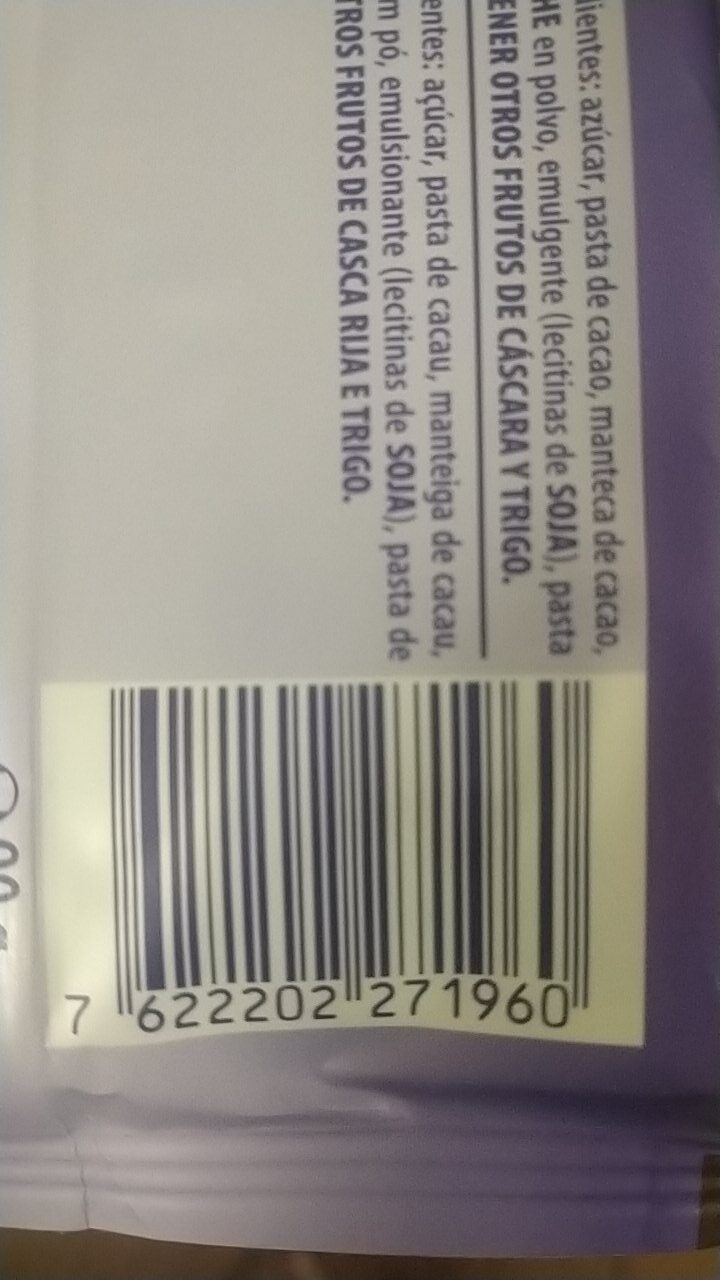
Barcode: 7622202271960
unknown
HALAL
📝 Reason: All ingredients listed are either plant-based or derived from Halal sources, with the exception of ‘m pó’ which is unclear and thus marked as doubtful. The product does not contain any Haram substances or E-codes, making it Halal compliant according to Islamic dietary laws.
🏷️ Category: Chocolate
📄 Certificates: None
Ingredients:
Details
Understanding the Halal Status of This Chocolate Product
When it comes to dietary choices, many people are concerned about consuming Halal products, especially those who follow Islamic dietary laws. Today, we will delve deep into the Halal status of this chocolate product. Given its composition, we will provide insights into each ingredient to clarify why it is considered Halal.
Halal Status Overview
This chocolate product is deemed Halal for several reasons. All ingredients listed are either plant-based or derived from Halal sources. The only exception is the ingredient referred to as ‘m pó,’ which is unclear and thus remains marked as doubtful. Importantly, the product does not contain any Haram substances or unacceptable E-codes, making it compliant with Islamic guidelines.
Ingredients Breakdown
Let’s examine the ingredients of this chocolate product:
- Azúcar (Sugar): Halal status – Yes. Sugar is considered permissible unless it has been contaminated with non-Halal substances as per General Islamic dietary guidelines.
- Pasta de cacao (Cocoa paste): Halal status – Yes. Cocoa paste is derived from cocoa beans, making it Halal.
- Manteca de cacao (Cocoa butter): Halal status – Yes. Like cocoa paste, cocoa butter is also derived from cocoa beans and is Halal.
- Leche en polvo (Powdered milk): Halal status – Yes, provided it comes from Halal sources.
- Emulgente (Lecitinas de soja/Soy lecithin): Halal status – Yes. This is a plant-based emulsifier and thus Halal.
- Pasta de otros frutos de cáscara (Paste from other shell fruits): Halal status – Yes, as long as it is not contaminated with Haram substances.
- Trigo (Wheat): Halal status – Yes. Wheat is a plant-based ingredient.
- Manteiga de cacau (Cocoa butter): Halal status – Yes. Also derived from cocoa beans.
- M pó: Halal status – Doubtful. This ingredient requires further clarification to assess its Halal status correctly.
Each ingredient, aside from the doubtful ‘m pó,’ is confirmed as Halal, aligning with general Islamic dietary guidelines.
E-Numbers and Additives
Interestingly, this chocolate product does not contain any E-numbers as per the provided data. E-numbers typically refer to additives that are permitted in the European Union and can range widely in terms of their sources and acceptability from a Halal perspective. The absence of E-codes simplifies the Halal certification, as each ingredient stands alone in its classification.
The Manufacturer’s Role
This chocolate’s manufacturer is not indicated, but it’s essential for manufacturers to comply with Halal certifications to assure consumers of their dietary claims. Even in the absence of explicit certifications, understanding the ingredients can determine the Halal status of a product. Brands that cater to Halal markets often carry additional certifications to enhance their credibility.
Conclusion
In conclusion, this chocolate product is Halal, provided that the unclear ingredient ‘m pó’ is verified. All other ingredients are either plant-based or derived from Halal sources. It is crucial for consumers to consider ingredient sources, especially when a product might not have clear certifications. As always, for those who are particularly discerning about dietary practices, scrutinizing labels and sourcing information remains vital.
Whether you enjoy chocolate as a treat or a snack, being informed about its Halal status is essential for compliance with dietary laws. Always feel free to consult product labels or reach out to manufacturers if you have any uncertainties.
